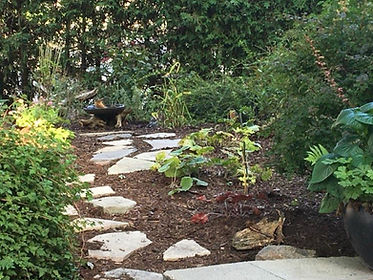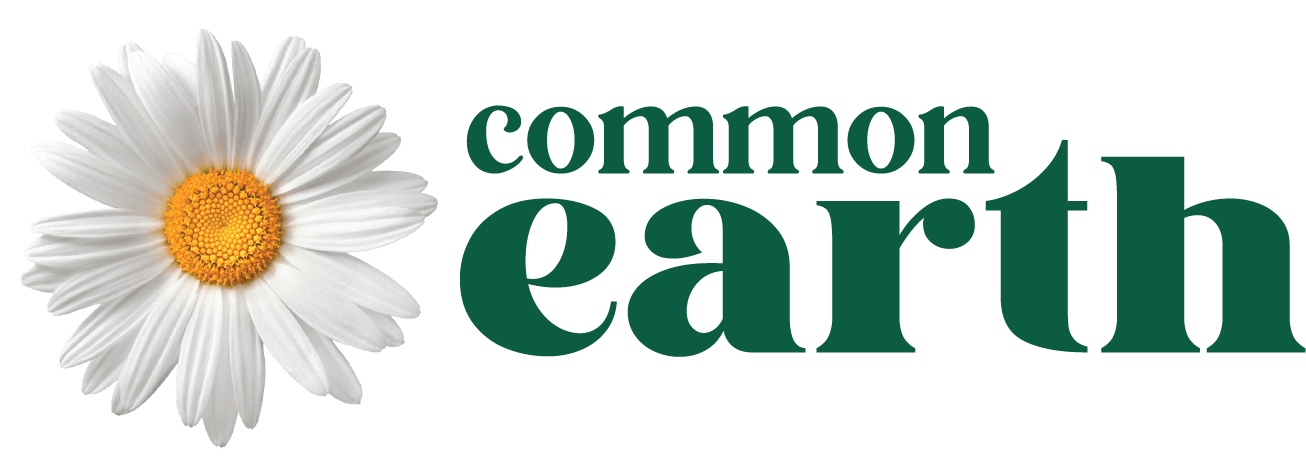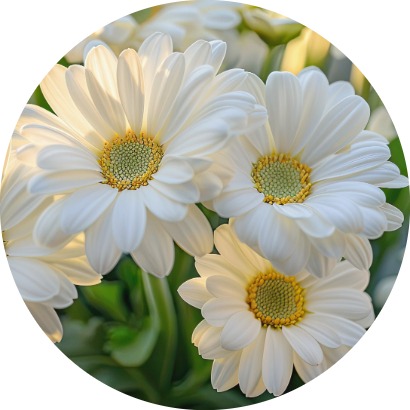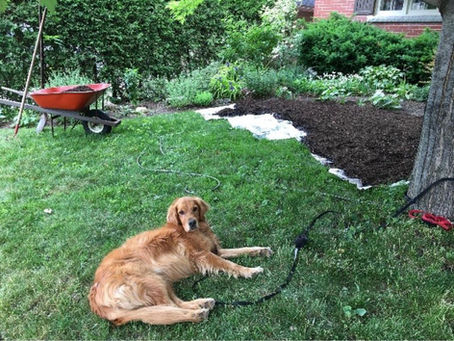Published in the Common Interests Newsletter – January 2022
Six months ago, I read a book that changed how I saw my city garden. Doug Tallamy’s ‘Nature’s Best Hope’ convinced me to transition my front yard into what he calls a Homegrown National Park by planting native species to attract butterflies (caterpillars), bees and birds. We know that our cities have fragmented wildlife habitats, thus threatening our ecosystems. Our wildlife populations are in decline because the native plants that they depend on are fast disappearing. When you consider that 96% of our bird population raises their young on thousands of caterpillars, it’s no wonder that the bird population is declining.
First among Tallamy’s suggestions is to shrink the lawn. I began in June by covering the front lawn with eight layers of newspaper, watering it well and covering the newsprint with 2” to 3” of mulch. The result was a front yard covered in mulch with existing garden beds in front of the house and a narrow band of lawn by the front sidewalk. That little bit of grass was left to prevent the mulch from eroding onto the sidewalk. Tallamy says that grass is nothing but a desert for wildlife so I intend to plant native groundcover such as barren strawberries come spring. While waiting the six to eight weeks for the lawn to die off under the newsprint, I read everything I possibly could on native plants in my area and learned from various sites which were the keystone plants that would attract the most wildlife.

Second in Tallamy’s list is removing invasive species. My reference was the website www.ontarioinvasiveplants.ca. Although hostas, daylilies and astilbe are not invasive, they are introduced from Europe and Asia, so I pulled them out to replace them with bottlebrush grass, New Jersey tea, wild columbine, bowman’s root, anemone canadensis, heart-leaved asters, wild ginger, golden alexanders and so on, all native plants that our wildlife will feed on. I actually did notice increased insect activity with those new plants. Tallamy advises being generous with plantings, and having now read Gabe Brown’s Dirt to Soil, I understand Tallamy to mean planting densely enough so that the foliage protects the surface of the soil.
Influenced by Gabe Brown, I now consider these dense plantings to be ‘cover crops,’ and I am focusing not simply on attracting more insects and birds, but also on the importance of improving the soil structure. The front yard is now planted with 16 different species of native plants but still has a few non-natives. Tallamy recommends a 70:30 ratio of native to non-native, allowing one to keep some favourite non-invasive, non-native ornamentals. Shrinking the lawn was a huge success, and now, six months after I began this garden transformation, I have the beginnings of my own Homegrown National Park. (Article to be continued next month with lessons learned during the transformation of the back yard and dealing with invasive wildlife.)


